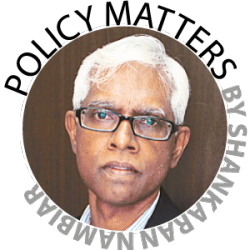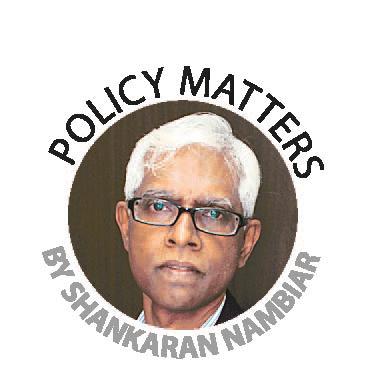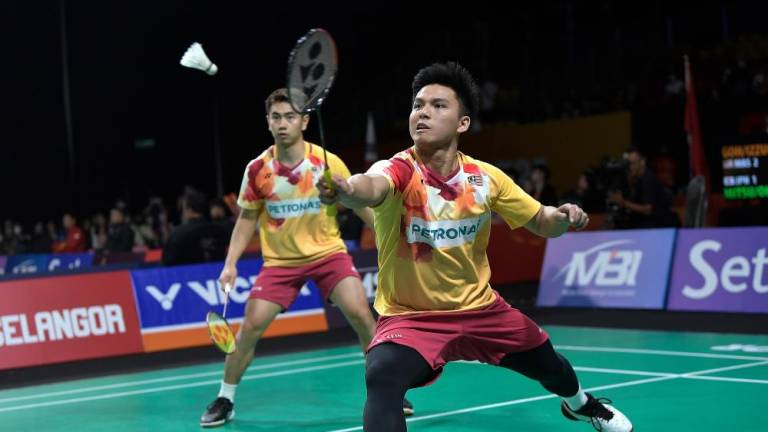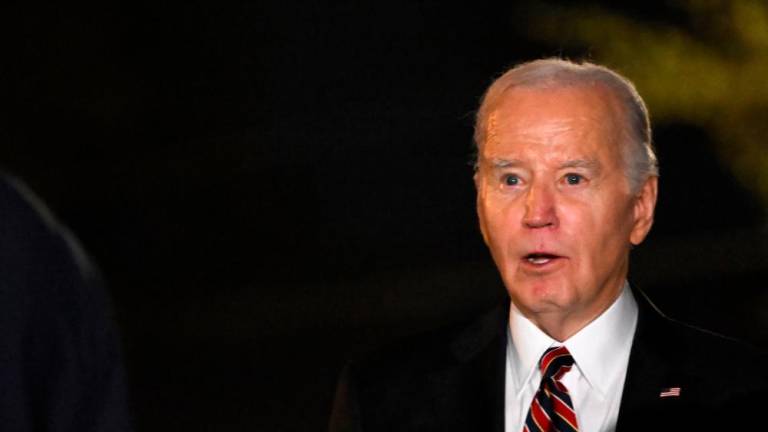THE economic condition of the Indians seems to have come up for debate again. The population suffers from woes ranging from gangsterism to the lack of entrepreneurial participation, to poor social mobility.
An ethnic-centred approach to economic problems may not be ideal, but it seems to be something we have chosen to stick with.
The government has recognised the problems faced by Indians. Prime Minister Tun Dr Mahathir Mohamad in his earlier tenure had left the solution to MIC. It appears that the MIC leadership failed in its duty and Mahathir did not want to be seen to be interfering in MIC’s internal matters.
Datuk Seri Najib Razak raised the government allocation for the Indian population which, again, was ineffectively distributed.
Under the present government, it has become more complicated. There is no one party that represents the rights of the Indians. There are individuals who claim to be representatives of the community. This makes monitoring and accountability more complicated.
If an organisation with its own structure and layers of accountability can misuse or ineffectively use public funds, what then of individuals.
In this context, P. Ramasamy, the deputy chief minister II of Penang, has raised pertinent points on the disbursement of public funds for the betterment of Indians. The primary concern is, of course, on improving the conditions of disadvantaged sections of the community.
There is a long list that has to be tackled: large groups have been dislocated from the plantation sector; there is a lack of entrepreneurial skills and support; many have poor or no pre-school facilities; and the list goes on to include dissatisfaction with percentage of Indians admitted into matriculation courses as well as employment in the public sector.
In keeping with Pakatan Harapan’s principles, there has to be transparency and accountability in the disbursement of public funds. There has to be transparency as to whom the funds are being directed to and why these agencies are seen as most suitable. There also have to be proper monitoring processes to ensure efficient implementation. A clear view of the outcomes must be maintained.
It is not unusual to expect any of this.
For long, politicians representing the Indians have survived on the claim that they are defending the survival of Tamil, temples and Tamil medium schools. These are important but a whole host of other things need urgent attention for Indians in the B40 band – adequate incomes, self-respect and access to economic opportunities.
The Indian condition is a part of the national condition. It is necessary to be reminded of this when we consider channels for the disbursement of public funds.
If the Indian condition is a part of the national agenda then the initiatives would, rightly, come under the purview of the government and its agencies. Responsibility has to go back to the government for alleviating the Indian poor.
In the presence of appropriate organisations and institutions at the grassroots level, especially where there is a measure of self-empowerment, funds can be directed to these organisations. It is probably the best way of ensuring that funds are received by the target groups with a minimal loss of leakage (paying for administrative and transactions costs), but only provided that there are adequate checks and balances and safeguards against corruption.
NGOs vary in nature and performance, and must be audited for their track record. It has to be ensured that they are financially sound, reliable and have good governance records. The European Union is known to work through domestic NGOs and they insist on stringent accounting and performance standards. There are lessons to learn from such practices.
The problem of disadvantage among the Indians is a long-standing one. It is time to act differently to resolve the outstanding issues.
Dr Shankaran Nambiar is a senior research fellow at the Malaysian Institute of Economic Research. He is author of The Malaysian Economy: At the Edge of Transformation.














